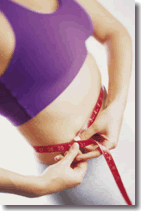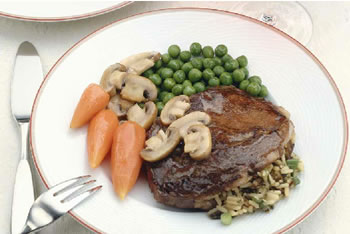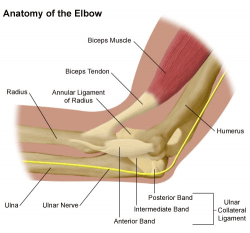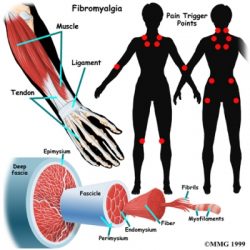There are many ways to calculate your size and . Weight is easy with a scale but the way to measure your size is usually done using the Body Mass Index, a measurement I have never been a big fan of. Here is that and more. This info is from Health Canada but even if you are not a Canadian I think it is still relelvent.
Body Mass Index
The body mass index (BMI) assesses body relative to height. You can calculate your BMI by taking your in kilograms and dividing
it by your height in metres squared (BMI = kg/m2) or your in pounds divided by the square of your height in inches and multiplying that number by 704.5 (BMI = Ib/in2 x 704.5). But you don’t need to do the math yourself. You can check your BMI on a standard BMI table found in many pharmacies and medical offices. If you have access to the Internet, there are many interactive BMI calculators that will do the math for you after you enter your height and .

Once you know your BMI, you can use it to help determine how healthy your is in relation to your height.
- BMI below 18.5 is considered under.
- BMI between 18.5 and 24.9 is considered the normal, healthy range.
- BMI between 25 and 29.9 is considered over.
- BMI over 30 is considered obese.
The BMI is only one indicator of a healthy . It has limitations and does not apply to children, pregnant women, or people with very muscular bodies. If your BMI falls outside what is generally considered healthy, ask your doctor what would be a healthy range for you.
Hip-to-Waist Ratio
Fat stored around the abdomen (the “appleshaped” body) raises the risk of cardiovascular disease more than fat stored in the hip area (the”pear-shaped” body), so the hip-to-waist ratio (HWR) can be a useful tool in determining your risk of -related health problems.
To calculate your HWR, measure your waist at the smallest part-generally a few centimetres above your navel-then measure your hips at the widest point, including your buttocks. Now divide your waist measurement by your hip measurement to determine your hip-to-waist ratio.
Women with an HWR greater than 0.8 and men with an HWR greater than 1 .0 have a higher risk of developing heart disease and type 2 diabetes and should try to reduce their abdominal body fat.
Waist Circumference
Another easy tool for determining if your is in the healthy range is the waist circumference (WC). A WC of 88 cm (35 in.) or more in women or 102 cm (40 in.) or more in men carries a higher risk for health problems.
Achieving a Healthy Weight
To encourage healthy eating, Health Canada has developed Canada’s Food Guide to Healthy Eating, which outlines the four main food groups and explains which foods fall into which group and how many servings we should choose from each group every day. A copy of this guide is available at www.hc-sc.gc.ca/fn-an/food-guidealimenVindex_e.html. Recently, the Food Guide was expanded to include a variety of multicultural variations. They are available in a number of languages at www.nutritionrc.ca/guide.html.
One of the keys to achieving and maintaining a healthy is portion control. A number of studies have shown that many people underestimate the number of calories they consume daily, primarily because they don’t understand how much is in “a portion.” Here is a practical way of estimating the size of a portion of some common foods.
- Vegetables & fruit: about the size of your fist
- Pasta or rice: about the size of one scoop of ice cream
- Meat, fish, or poultry: about the size of a deck of cards or the size of your palm (without the fingers)
- Cheese: about the size of a pair of dice or the size of your thumb from the tip to the base
Physical Activity
Although dieting alone can help you lose weight, adding exercise into your daily schedule can speed up the process. The goal of exercise in a loss program is to help burn more calories. Exercise itself, apart from its role in loss, has many health benefits-even for people whose is in the healthy range. But before you start any exercise program, check with your doctor to make sure that the activity you are planning is appropriate in terms of your age, overall health, and state of physical fitness.










im 20years old,my size is 28-24-33 tell me shape,my ht is 5foot 6inch & wt is 40kg
Another option for many people would be to sit down with a preventative health care professional such as a personal trainer, dietitian or other certified health professional. They will be able to start you off on the right foot by providing a thorough evaluation of your current body shape and physical state. While there is a cost involved, sometimes when it comes to your health paying a professional is the only way to really know where you stand.